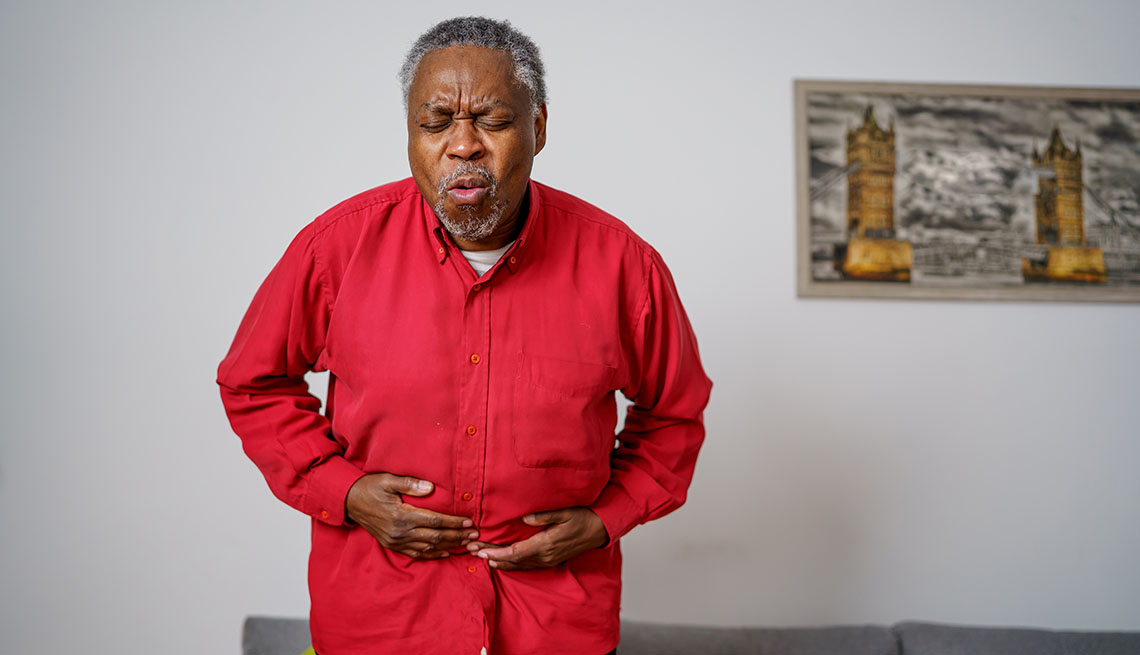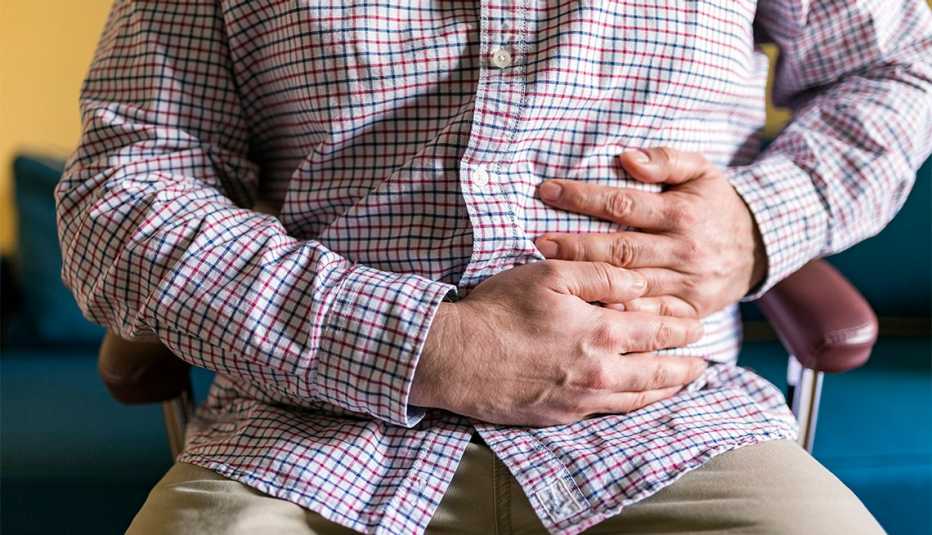AARP Hearing Center
You’re fine one minute, and the next, it hits you: stomach pain, nausea, vomiting and diarrhea.
You’ve got a stomach bug. And while a few different germs could be to blame, chances are it’s the dreaded norovirus, the most common cause of these symptoms. Each year, norovirus sickens about 20 million Americans and causes around 900 deaths, mostly among adults 65 and older.
If it seems like you’re seeing more of it now, you’re not wrong. Cases surged in November and December of 2024, according to the Centers for Disease Control and Prevention (CDC). And while norovirus outbreaks are most common between the months of November and April, the number of outbreaks recorded during the first week of December, the latest data available, was well above previous years.
Common Symptoms of Norovirus
- Diarrhea
- Vomiting
- Nausea
- Stomach pain
The very nature of norovirus makes it hard to dodge. For starters, the intestine-inflaming virus spreads quickly and easily among people; you can also pick it up from contaminated foods and surfaces. Plus, it’s what University of Maryland infectious disease physician Wilbur Chen describes as a “hearty” virus. It can survive on surfaces for long periods — we’re talking hours, even days. And it only takes a few virus particles to make you sick. Meanwhile, infected individuals can shed billions.
Preventing norovirus
Still, experts say there are a few steps you can take to help prevent a bout with the bug. And the most important is the most basic.
“When talking about norovirus, and really any other virus, the best way to prevent yourself from getting sick is not to touch your eyes, nose or mouth unless you’ve washed your hands first,” says Matthew Binnicker, director of clinical virology at Mayo Clinic.
There’s a cringe factor to how norovirus is transmitted: by tiny particles of feces (poop) or vomit from an infected person. If someone has norovirus and doesn’t wash their hands after using the restroom and then goes to touch a doorknob, others can pick it up if they touch the doorknob and then touch their mouth. The same goes if that infected person shakes another individual’s hand or handles food. (Food like fruits and vegetables can also get contaminated when washed or grown with contaminated water.)
Common Settings of Norovirus Outbreaks
- Health care facilities, including nursing homes
- Restaurants/catered events
- Schools and child care centers
- Cruise ships
Source: CDC
And an important note on cleaning your hands: “Alcohol-based hand sanitizers don't work so well against norovirus, so washing your hands well with soap and water is critical and important,” says Sabrina Assoumou, M.D., an infectious disease physician at Boston Medical Center and associate professor of medicine at Chobanian and Avedisian School of Medicine. Soap and water — a vigorous scrub for about 20 seconds — can break up the virus’ structure much better than alcohol-based gels and sprays.
If someone in your house comes down with norovirus, limit the amount of sharing that happens with food and utensils, Assoumou advises. And clean surfaces frequently and thoroughly. The Environmental Protection Agency (EPA) has a list of cleaning products that are effective against norovirus. You can also use a solution of 5 to 25 tablespoons of household bleach per gallon of water (2 percent to 10 percent), the CDC says.
Finally, because norovirus is the leading cause of illness from contaminated food in the U.S., it’s important to wash fruits and vegetables and to cook oysters and other shellfish thoroughly to an internal temperature of at least 145 degrees Fahrenheit.







































































